 Written by Ada Palmer
Written by Ada Palmer
My first novel, Too Like the Lightning, is set 400 years from now in an exciting future of flying cars, enhanced lifespans, globe-spanning super-nations, and a Moon Base. But people still use Latin and there’s still a King of Spain. If this feels like an odd mix of SF golden age and antiquarianism, it’s because I’m a historian, and I go about my world building from a different starting point: the deep past.
Despite having earlier roots, the science fiction genre as we know it took shape in the 20th century. The big stories, questions, and recurring tropes that the genre’s conversation revolves around are mainly modern questions, and our traditional answers to them are modern answers (modern here meaning French Revolution forward, which is where we historians usually draw the line.)
An easy example of this modern-focused thinking is: How do big political changes happen? How does Earth get from now to the exciting, imagined future government that the science fiction author wants to explore? The modern answer is revolution: there is a crisis or upheaval, perhaps a war, a new technology, a coup—bloody or bloodless—and the institutions of the old government are dissolved and replaced by a new system designed from scratch by its founders. This is a modern answer. This is how we describe the American Revolution and the French Revolution, concept-driven, ideology-shaped political changes which, for 200 years now, have been the models for new governments, whether post-colonial democracies, communist experiments, or imagined science fiction futures.
But if we look at the pre-modern world, we realize that the modern way states change isn’t universal, in fact it’s quite unusual. Let’s look at the Roman Senate, founded circa 753 BCE. For 250 years Rome had kings, and the Senate. When the kings were bloodily overthrown, Republican Rome had elected magistrates, and the Senate. Several tumults and constitutional-reforms later, Julius Caesar and Augustus turned the Republic into an Empire, but the Senate continued to be an important part of government.
When the Empire fell in the 400s CE, the Senate continued to exist, and helped the Gothic conquerors administer their new Italian kingdom. In the 500s CE the Roman Senate was a big player in interactions between Rome and Constantinople, then faded out for a little while but was revived in the 1100s, so even in the Renaissance, elite Roman families involved in papal feuds were marshalling popular support by calling themselves Senators. Through 2,000 years and a dozen political upheavals, the same political body was repurposed a dozen times to fulfill the different social and political needs of twenty-two centuries.
If this is so, then why shouldn’t a futuristic, science fictional, globe-spanning, space-faring, super-nation still contain within it repurposed remnants of the European Union and the King of Spain? Why should future governments be made from scratch like the American Experiment? Why couldn’t they develop as the majority of Earth’s governments have, from repurposed remnants of earlier institutions?
The issue is how to imagine a future which flows forward, not just out of the present, but also out of the past. The more you think about it the more implausible it is that all Star Trek characters constantly refer to 20th century historical trivia. Why should people 400 years from now still care more about the 20th century’s trials and tribulations—our World Wars, America—than they do about the Holy Roman Empire or the Wars of the Roses? In the 14th century, Europe developed a sudden obsession with Greco-Roman antiquity; in the 18th century it developed a sudden obsession with ancient China; why shouldn’t the 25th century develop a similar obsession with 18th century France? Or Heian Japan? And if authors in the Renaissance tried hard to write like classical authors, rejecting the style of their Medieval predecessors, perhaps historians in the future will try to write like historians from the Enlightenment or the Romantic 19th century, rather than like historians of today.
In playful moments my editor and I call my Terra Ignota series “Future Historical Fiction.” The setting is future–it has technology, a Moon Base, and glittering future cities—but the style, the questions the book asks, are much more like those of historical fiction, or even like period fiction. There are a lot of questions in period literature, and a lot of questions in history, which we haven’t yet applied to flying car, golden age, science fiction futures. But the present is full of the past. All humanity’s presents have been full of the past, for as long as there has been a historical record. So if there’s one safe bet we can make about the future, it’s that it will be full of the past too.
Buy Too Like the Lightning today:
Amazon | Barnes & Noble | Books-a-Million | iBooks | Indiebound | Powell’s
Find out more about Ada Palmer on Twitter at @Ada_Palmer and on her website.

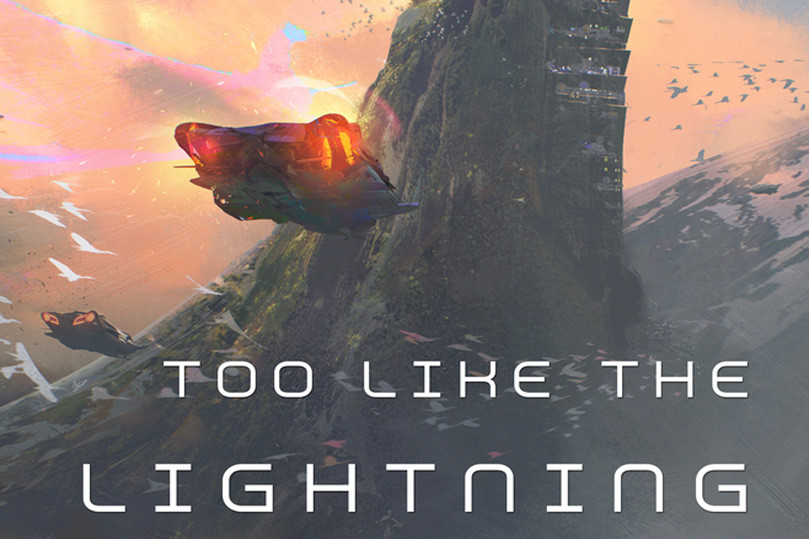
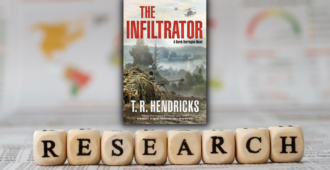
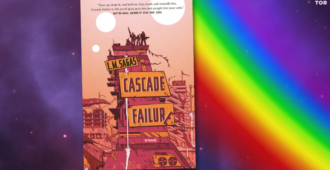
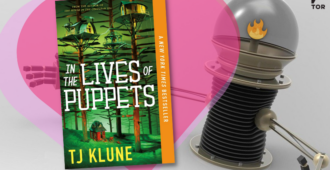
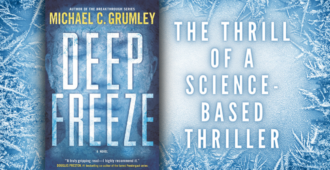
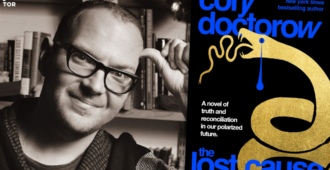
Your comments about the Roman Senate were interesting, and reminded me of something I’ve thought about and of which I’ve not found much online … what was the last big event in the Colosseum? Was there was some sort of tipping point around getting from the state was in to the state it’s in today? Same sort of question around abandoned cities or towns … what’s the story of the person(s) who really were the last ones, to turn out the lights?
I love this way of approaching world-building and the combo of history with SF. I’ve been trying to do something similar in a story I just started. It’s set in a post-apocalyptic world with remnants of an SF world (Firefly meets Lies of Locke Lamora, kind of). I’m still trying to decide what info would survive and what wouldn’t. The idea is that the tech wasn’t ever lost but the knowledge was (downside of specialization combined with sudden gigantic death toll). What big mistakes could you warn me away from?
You’ve inspired me (which might not be a good idea) to make readable a “retrospective essay” I wrote for a college class far in the future, discussing the history of the evolving literary criticism of the poet-warrior Joe Domingo’s immensely popular pro-Earth epic poem, “The Preparation [meaning the conquest and despoilment] of the Mining Planets.”
It was based on–really a translation of–my real world paper for a class a few years earlier (c.1970), doing the same for two works of the 1600s: Chile’s national epic about the Conquistadors’ “preparation” of the native population (I believe modern Chile has since apologized) and a piece by Mexico’s quiet and reflective nun, Sister Juana Inez de la Cruz–but you have to know where she’s coming from and how to read between the lines.
The sci-fi version of my “essay” is still (still!) at misc sites on the internet as “Four Hundred Years of Domingo” (“by A.Y. Tanaka”). It’s still burdened with loads of “look at me” adolescence and all-but-the-kitchen-sink pseudo-scholarly stuff, but I intend to make you proud.
This essay inspired me to pick up Prof Palmer’s book, which I’ve just finished. And yes, this approach to building a future world works very well indeed. It does demand a lot from the reader, as it can be tough to keep track of all the threads being woven into her tapestry. But that reinforces the integrity of her vision – history is messy, and future-history should be messy too. It’s certainly the most distinctive SF novel I’ve read for a long time, in equal parts perplexing and beguiling (and often infuriating because it’s beguiling).
If you read one SF book this year, make sure it’s Too Like the Lightning.